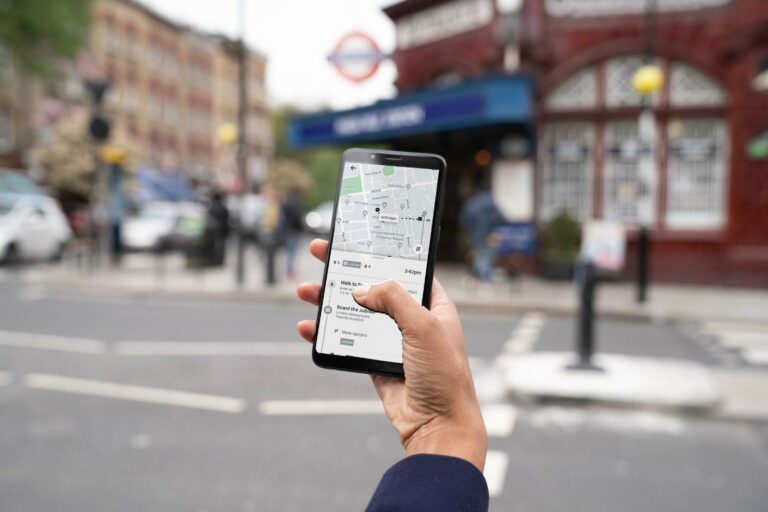Raphael Gindrat, CEO and co-founder of mobility services platform provider Bestmile, explores the opportunities, challenges and risks associated with cities integrating mobility services on private MaaS platforms.
When cities like London, Sydney, and Denver agreed to integrate their schedules and bookings through the mobile apps of Uber and Lyft, the stated goal was for the ride-hailing giants to support public transport. By putting the alternative in front of users as they were booking a trip, more people might choose public options.
The initiatives are a part of Uber and Lyft’s desire to become Mobility as a Service (MaaS) platform or, as Uber puts it, “the Amazon of transportation”. A MaaS platform is a one-stop-shop from multiple transit modes, and platforms exist in the form of public-private partnerships by organisations such as Finland’s MaaS Alliance. Handing over control of how customers view and book rides to a private business has mobility access advocates worried. It is especially concerning when the MaaS platform offers its own mobility service.
Why We Can’t Leave Transportation Apps to the Private Sector is the title of an article by Ratna Amin and Arielle Fleisher of the San Francisco Bay Area Planning and Urban Research Association (SPUR). “There’s nothing precluding commercial MaaS operators from favouring their own solutions; public transportation could very well be sidelined in a commercial MaaS platform,” Amin and Fleisher wrote.
While Uber offers the integration for free now, there is nothing precluding it from charging public agencies and others for access to the apps in the future. If the initiatives are to successful grow, the MaaS platforms could use leverage to extract more concessions from their partners/competitors.

This is particularly troubling given that earlier this year, it was pointed out that, in its IPO prospectus, Uber mentioned public transport as a target market and a competitor. The statement caused an uproar and Uber quickly walked back the text. The message was not lost on critics of the company. Ride-hailing businesses do not have a reputation for friendly competition.
There is also the question of data. Data about trips people take, when they take them, and the modes they use are invaluable for public transport planners. They won’t own that data without cooperation from the MaaS platform providers. Data security and privacy are also concerning. Public agencies could be putting their customers’ information in the hands of businesses that will sell it or use it for their own marketing purposes.
Public and private interests are not always aligned. “A commercial MaaS platform does not necessarily incentivise users to make choices that support public sector goals, such as reducing pollution or reducing traffic,” Amin and Fleishman point out. Nor do private businesses have a mandate to provide equal access to transit for low income, disabled, and elderly residents.
Whoever controls the app controls the customer relationship, experience, and data. That puts a lot of power in the hands of a private MaaS platform. “The public sector needs to steward the mobility experience,” say Amin and Fleishman. “What government should be doing is setting a vision and a framework for MaaS that prioritises choice and competition, meets public sector goals for access and sustainability, includes oversight, guarantees privacy and data security, and ensures that MaaS delivers benefits for all rather than just a few.”
This would reverse the relationship, with private operators integrating into a MaaS environment that has strict requirements for inclusion and that guarantees a level playing field for all operators.
A better alternative would be the MaaS Alliance’s Whim app, which is one of the most successful MaaS platforms in the world. It allows travellers in Helsinki to plan and book trips using anything from bike shares to trains to, yes, Uber, with options sorted by cost and convenience.
Uber has a seat on the board, but is one of many stakeholders representing service providers, suppliers, traffic and transport industry, research, public authorities, user organisations, mobile network operators, and vehicle manufacturers. This serves as proof that the ride-hailing giants can and will integrate with third-party MaaS platforms. The challenge for cities is to develop them.





